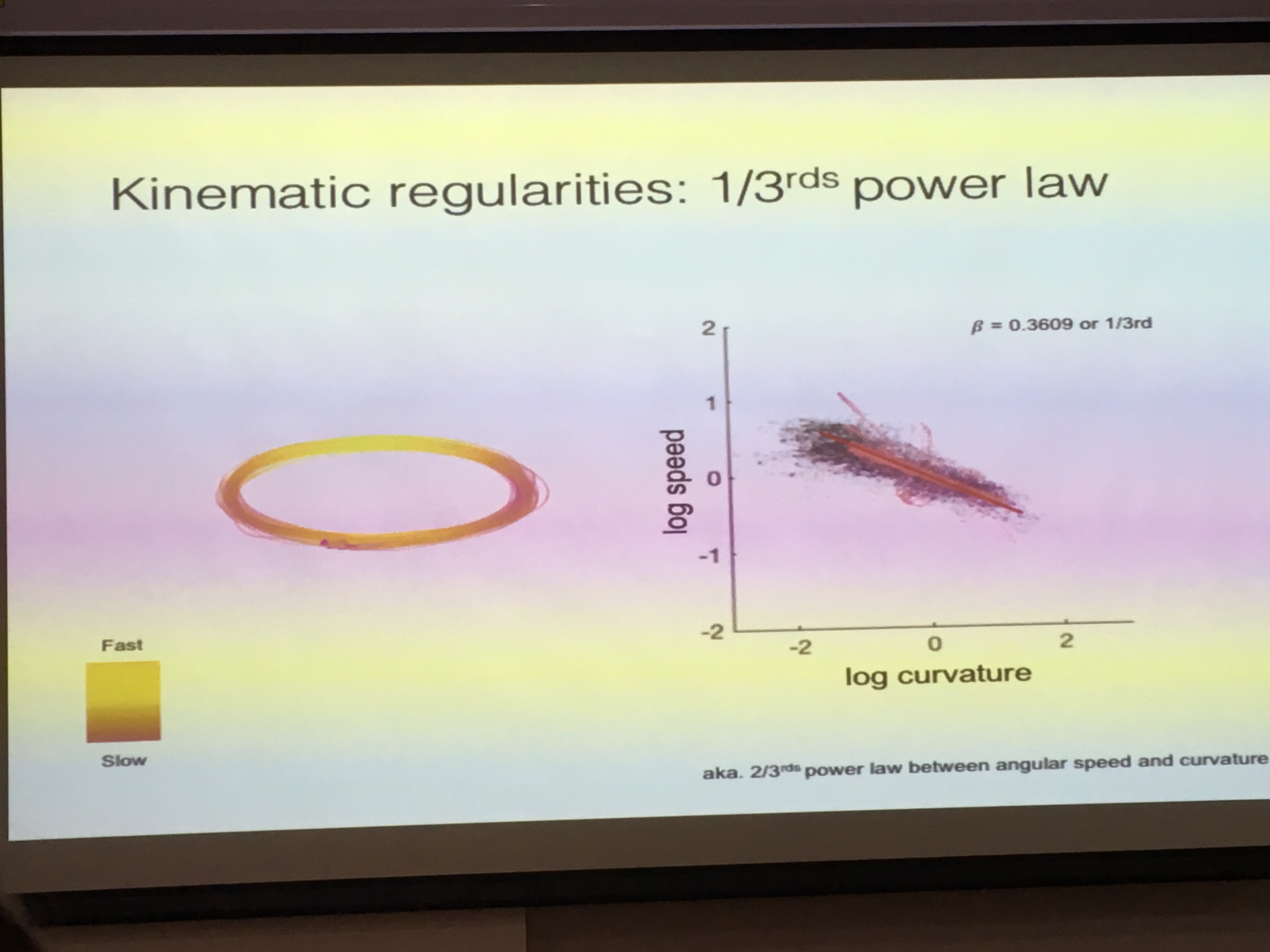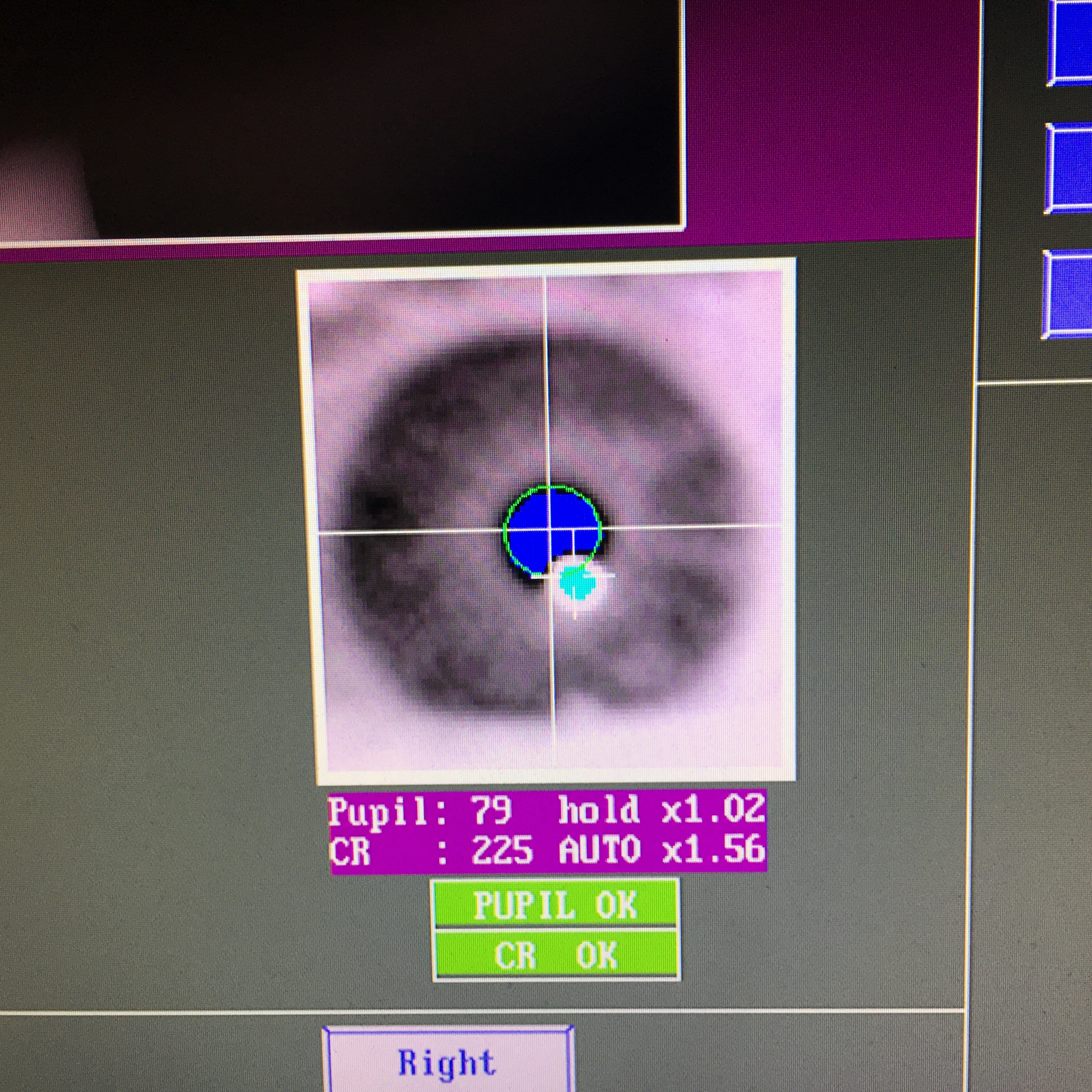A visual perception activity based on an Eyeball ATM [awareness through movement] an activity used in Feldenkrais [Teresa Brayshaw led the original session at the [Re]Action lab atLMJU] This session had the addition of generating phosphines in the eyeball through excitation and deformation of the eyeball.
Tag: eyes
‘Body up’: Current trends and future directions in embodiment and social interaction
Perspectives from neuroscience, clinical & experimental social psychology and new technologies Notes from the Body up Conference UoM 13th June 2019 https://bodyupmanchester.wixsite.com/uomconference Our behaviour and self-perception effect the way in which we see others. We read others body language in order to make judgements on their thoughts and feelings. New research suggests Autistic individuals move their bodies differently, and that in a way, are speaking a different body language. Understanding this helps explain why they have difficulties reading our intentions and emotions. Jennifer Cooks research on movement kinematics showed how gait point models, captured through motion capture, could convey different emotions through their walking style. For example, most people can notice someone one walking style as ‘angry' or ‘sad’. However - the
Eye tracking experiment planning
Inspired by last weeks conference and some examples of how artists are working with Eye Tracking, I went back to BEAM Lab the following week to start the process of learning how to set up my own experiment using Eye-tracking. My plan is to incorporate this with the strange face in the mirror experiment. My main problem is how do I calibrate the sensor - if I am to measure how they look at a reflection how do I map this precisely to the sensors. Normally the experiment has the participant looking directly at a screen surface, but how would this work with a reflected image? So I need to get a two-way mirror and perhaps get the participants to draw the
Eye tracking in arts research
Notes from the Digital Humanities, Human Technologies / AHRC NWCDTP Postgraduate Conference 2018 / part 1 https://nwcdtpconference2018.wordpress.com/home/ John Merrill [MMU] presented his project; Portrait as Landscape: Rendering the Unseen surface of the face. He explained some ideas behind visual perception and the evolution of the eye, and its flaws which were a great introduction to the project. Merrill creates digitally processed high contrast, large-scale photographs. Sharpening and enhancing the surface topography and textures of the face. The idea is that attention is taken away from thinking about the character of the person pictured, and moving away from the stereotypes associated with how we recognise faces and make judgments about character. The idea is that we are left to think about the more



